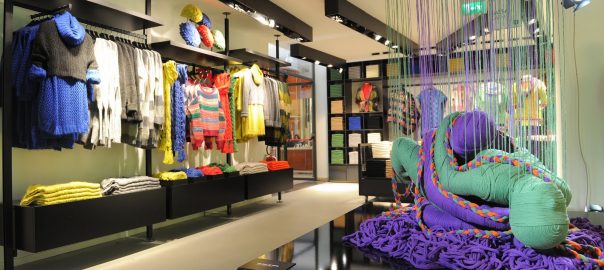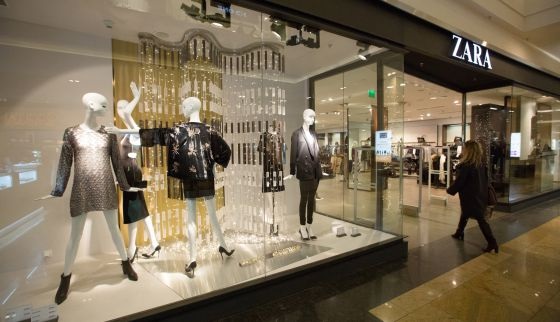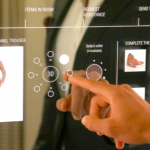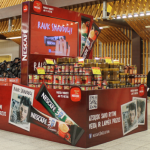The visual and sensorial aspects in a store are fundamental to be able to specify the sale and generate brand positioning.
The visual aspects in a store are fundamental to be able to specify the sale and generate brand positioning.
Visual merchandising is a strategic tool that involves the generation of an attractive, sensory and emotional environment to encourage purchase in the user using all available physical space.
The consumer should be attracted to the products displayed in the store, for that it is important to ensure that the visual aspects are in harmony and that they are in trend.
To be able to make the purchase, it is important that the items in the store are organized and ranked around the concept of this. These elements involve the products, lighting, furniture, showcases, typography and colors on the signs, among others.
IMPORTANT ASPECTS OF VISUAL MERCHANDISING
Aromas: The sensory senses are important in the shopping experience, therefore, companies select a particular aroma that is present in all its premises and even impregnated in the clothes so that the user can easily identify it.
Lighting: Depending on the products of the store you can find a different lighting and according to the theme of the place. Department stores tend to have more dynamic lighting, while specialty stores such as boutiques tend to be more subtle in terms of lighting to highlight certain products.
Signag: The graphic immersed in the store has a very important identity component, however, the function of guiding the customer inside the store is also important. The testers, boxes, counters, section of shopping bags must be well distributed to ensure that traffic is agile.
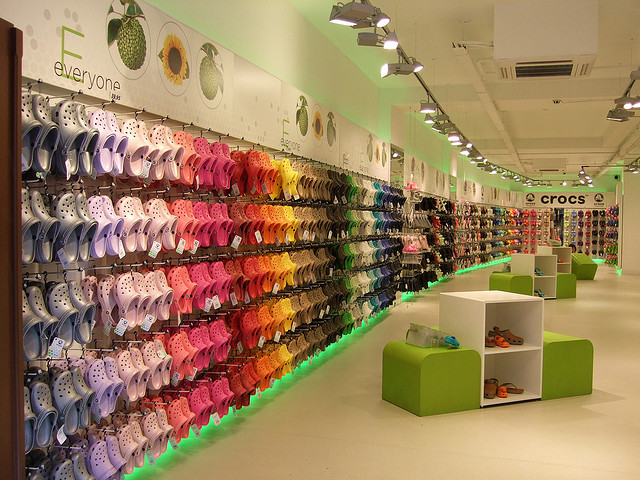
¿WHAT IS THE DIFFERENCE BETWEEN VISUAL MERCHANDISING AND WINDOW DRESSING?
In both cases, what you want to achieve is to project a consistent brand image and that the buyer can recognize it just by looking at the appearance of the store, colors, smell, furniture, among other things.
This is why the choice of all these elements should be consistent with what the brand wants to convey to consumers and how they want the competition to see it. The colors as well as the typography, are aspects that determine the style of the products as well as the personality that is wanted to transmit to the objective public.
WINDOW DRESSING AND VISUAL MERCHANDISING
These two activities need to work aligned to the brand concept. The visual merchandising what it achieves is to retain the user in the store thanks to all the visual and sensorial elements and to encourage it to the purchase, the key is to create a close environment with the client, who feels comfortable in the store and who returns in the shortest possible time.
On the other hand, window dressing is responsible for capturing the greatest possible traffic in the surroundings close to the store. This action is responsible for attracting the attention of buyers who are a few meters away from the store and who in passing are interested in the products by the type of showcase assembly found in the showcases.

The value proposal must be identified and be able to mark what is the trend for the consumer and the item in which the store is located. If it is a clothing store, the armed showcase should have the latest trend in that area and make it look like something unique.
Similarly, stores such as toy stores, accessory stores, sports, among others, create a context around their products and the space itself in the shop window. While the experience that emerges from the products is more real seen from outside the showcase, the customer will enter without any doubt.
Source: Perú Retail


 Español
Español